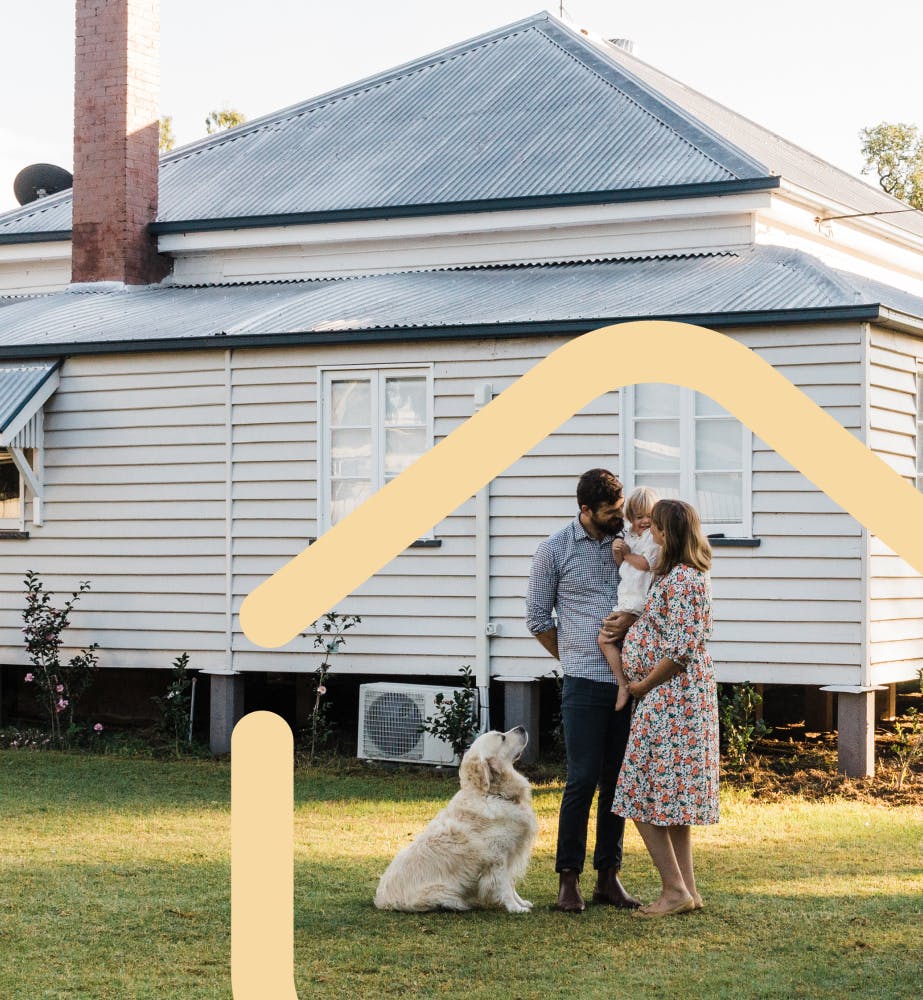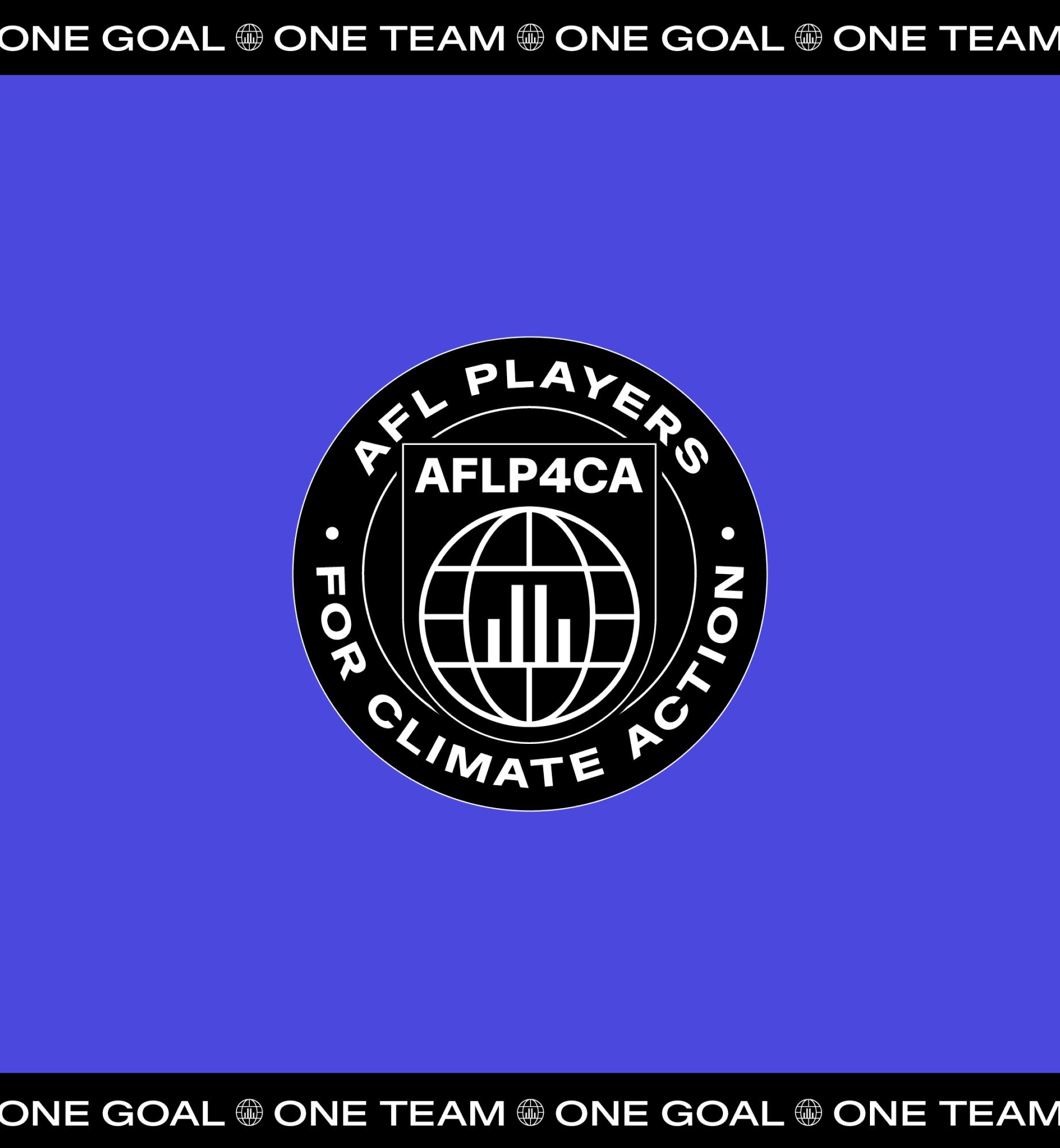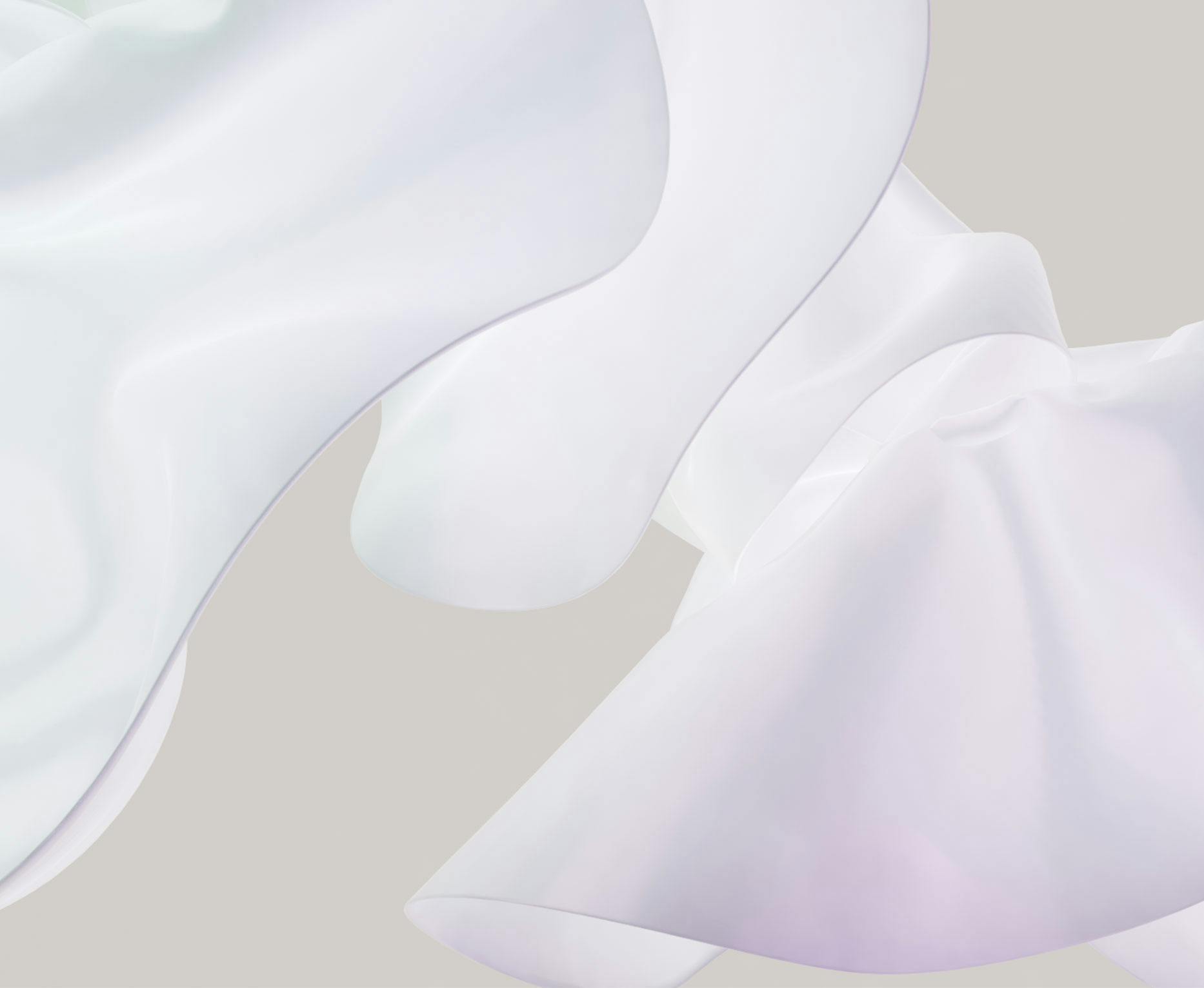
Circular economy strategy
Supporting Vicinity Centres' journey towards a circular future
Vicinity Centres' circular economy strategy boosts ESG performance through co-design and evidence-based approaches.
The Challenge
Vicinity Centres (Vicinity) engaged Edge Impact to develop a forward-thinking circular economy strategy, to help understand what circular economy means for their business, and how to approach the circular economy space to amplify the business’ broader ESG performance.
Key Deliverables
Waste material flow analysis and carbon footprint
Baselining through stakeholder interviews and industry trends review
Series of internal workshops to develop the strategy
Final strategy report
Internal communications pack for senior management
The Approach
To begin, Edge sought to support Vicinity’s ambitions by undertaking a co-design and evidence-based approach including:
- A review of existing internal strategies.
- Baselining the material flows and emissions across Vicinity assets.
- Engaging internal and external stakeholders to understand the barriers and enablers to introducing circular economy into Vicinity’s business operations.
- Undertaking an industry peer and trends review.


Next, Edge leveraged this baseline to develop a vision to kick-start Vicinity’s circular economy journey. Through a series of workshops with input from the Vicinity team, this vision informed the development of a roadmap with strategic focus areas and prioritised initiatives to achieve over the next three years.
Co-design between a diverse mix of teams including marketing, sustainability, operations, and leasing was essential in fostering communication, engagement, and a sense of ownership.
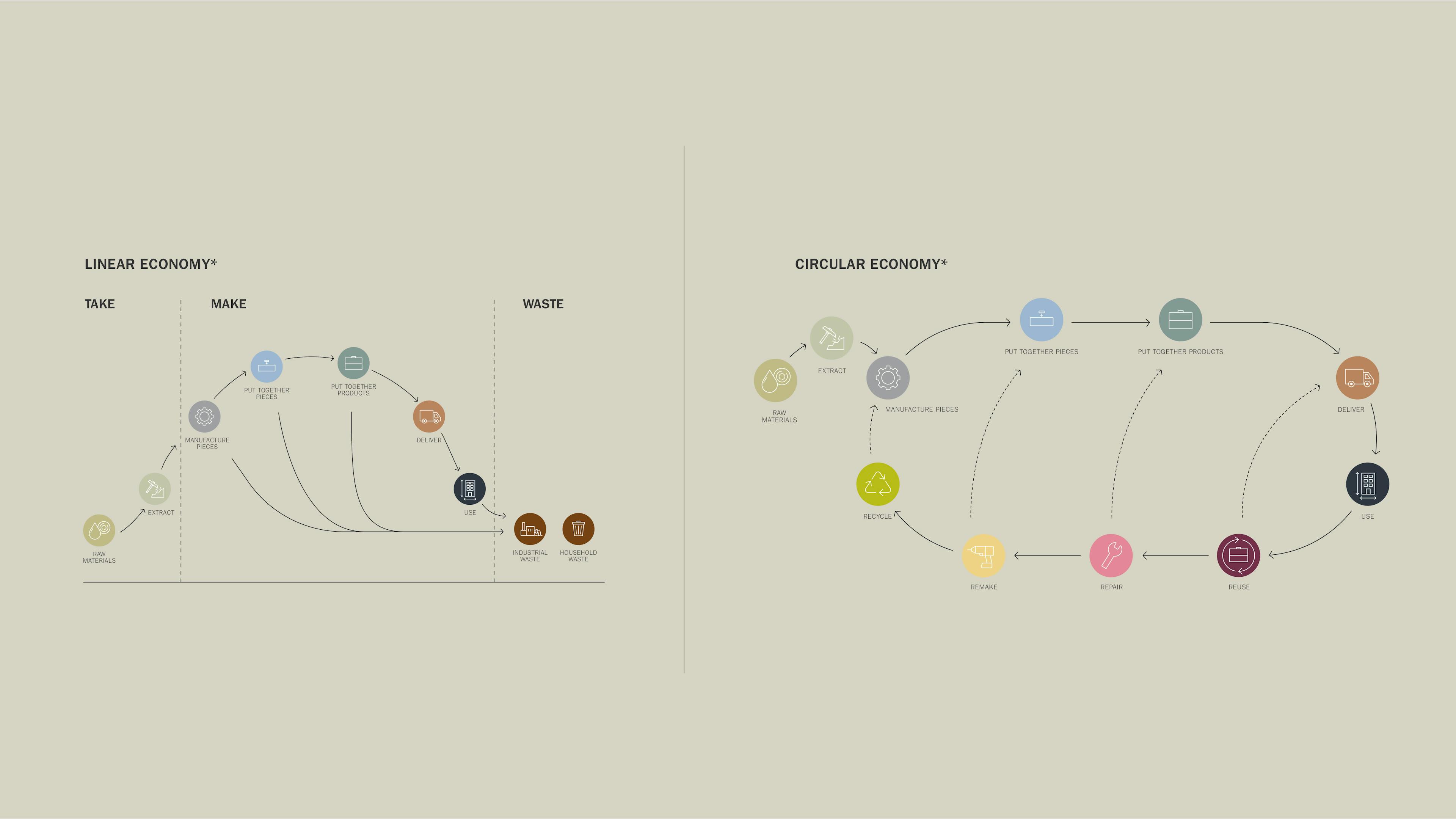


Once the initiatives were confirmed, scenario analysis was conducted on six of the initiatives with more direct material outcomes to demonstrate the potential waste avoidance and diversion, as well as emissions avoidance and reduction.
The final strategy and measurable impacts were then refined through the development of communication collateral for senior management. This required understanding the drivers for executives and investors to highlight how circular economy practices can benefit business operations and pre-existing sustainability targets.
Taking inspiration from the existing Vicinity Centres brand identity, we build out a suite of communication materials that brought the strategy to life through sustainability creative. We wanted to ensure the that the strategy would engage the internal teams and help build a sense of ownership and pride in the work that Vicinity is doing in the circular economy space.
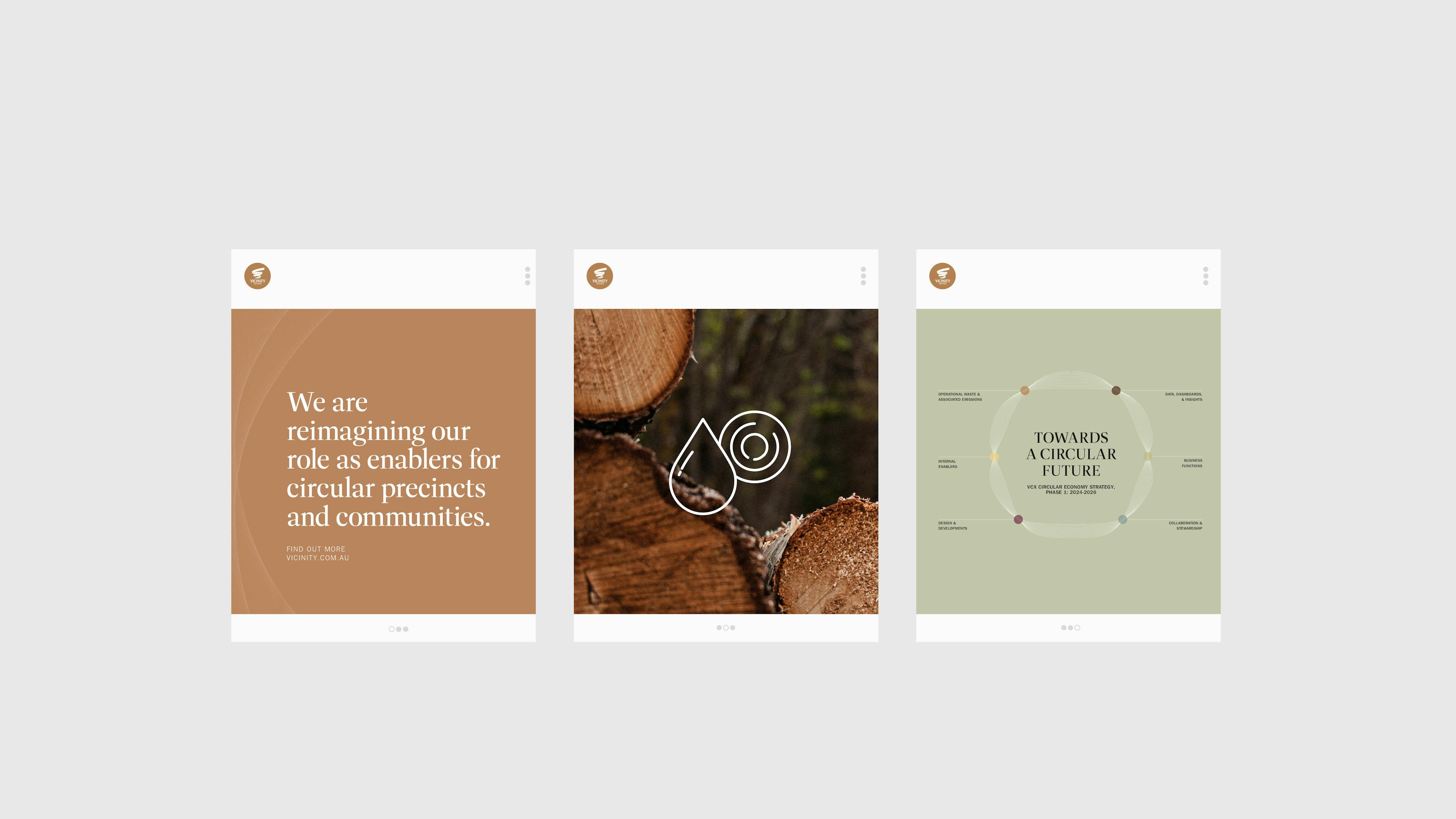
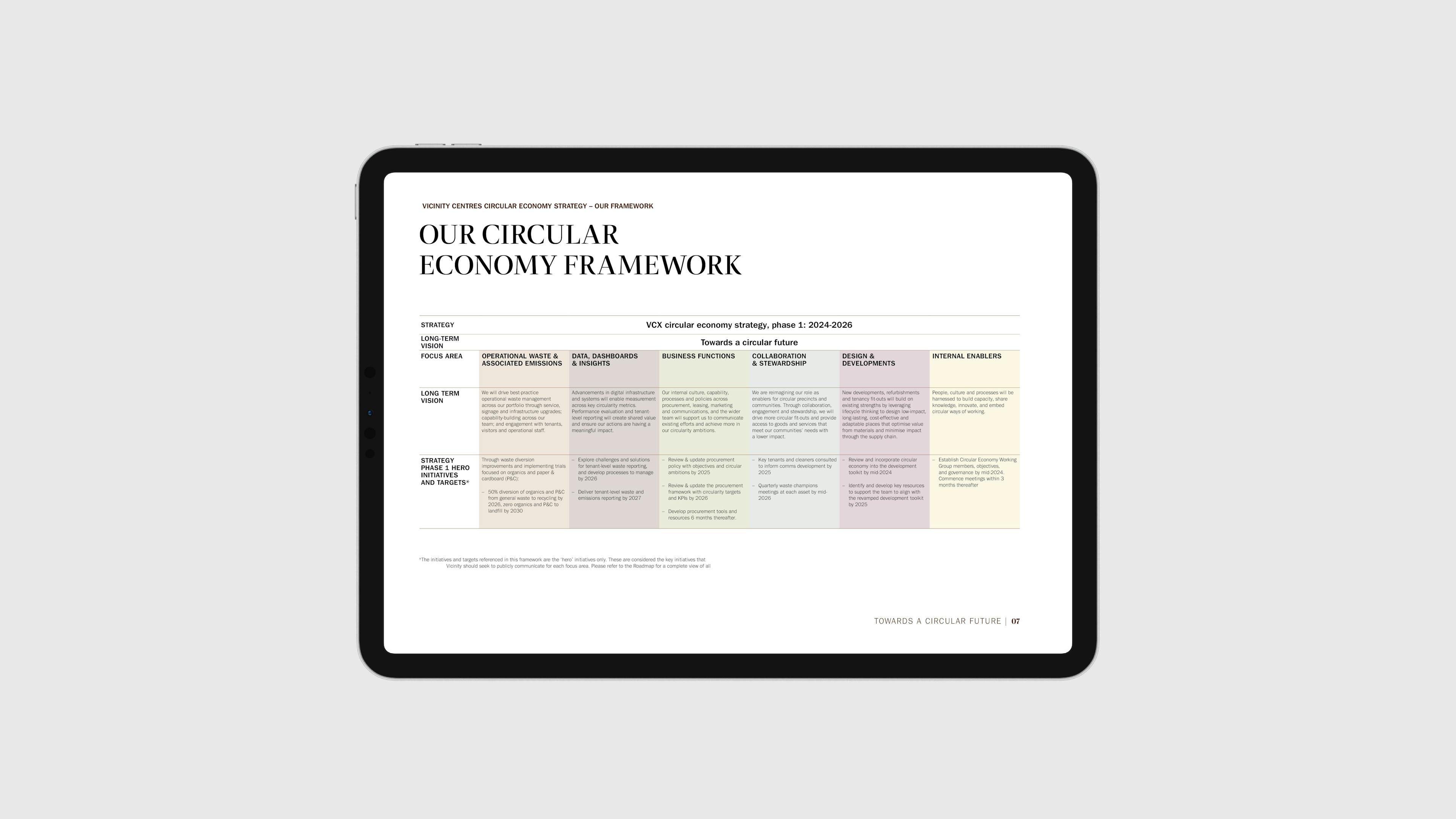
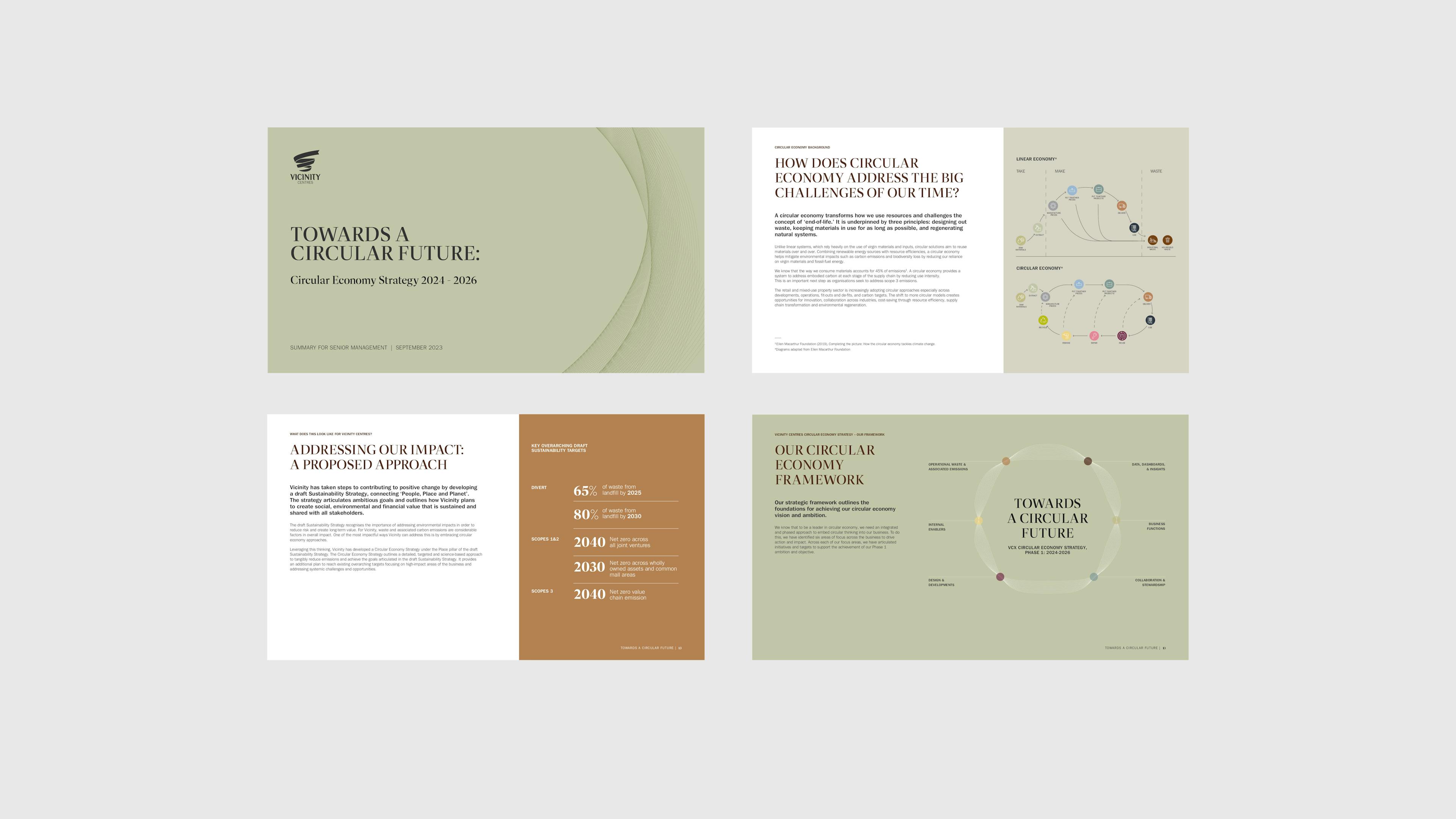
The Result
The strategy builds a pragmatic approach to tackle improvements to Vicinity Centre’s centre operations in the short term while establishing the foundations for future circular initiatives. It provides clarity on the ambition, goals, and priority areas for impact.
The material initiatives have significant opportunity for material impact with 4,200 tonnes of waste avoided, 6,900 tonnes of waste diverted from landfill to recycling, 6,200 tonnes of CO2-e emissions reductions associated with waste processing per annum, and 900 tonnes of CO2-e emissions reductions in the economy due to avoided consumption of products.
The strategy also captures important enabling initiatives to strengthen business functions, data processes, and collaboration.
Vicinity can now take this strategy forward to address immediate opportunities across their operations, provide value to stakeholders, and build confidence and capability to achieve their long-term vision.
Begin your circularity journey with confidence. Contact us today.


